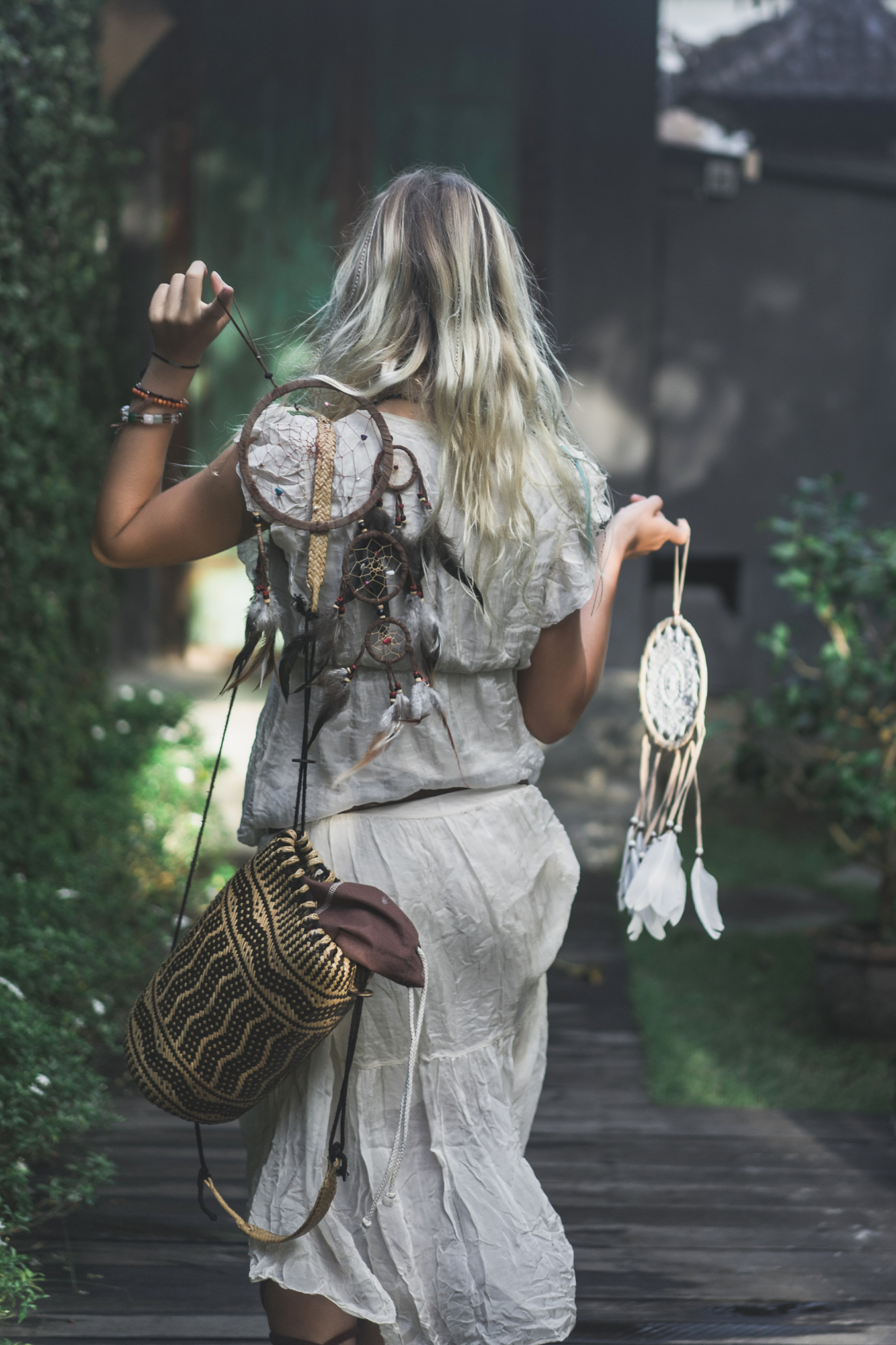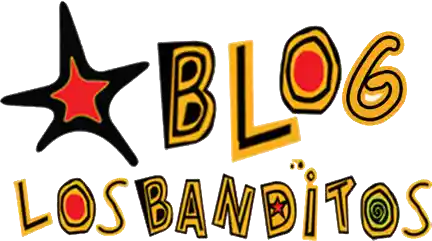The Difference Between Boho and Hippie Styles
14/01/2025 / Reading time: 9 mins.

- What Are Hippie and Boho Styles?
- Origins of Hippie and Boho Styles
- Hippie Style Origins
- Boho Style Origins
- Distinctions Between Bohemian and Hippie Styles
- Philosophy
- Aesthetics
- Functionality
- Cultural Influences
- Similarities Between Bohemian and Hippie Styles
- Modern Interpretations and Influence
- Can You Combine Boho and Hippie Elements?
- Styling Tips for a Boho and Hippie Wardrobe
Discover the difference between boho and hippie styles! Explore their origins, aesthetics, and tips to blend these iconic free-spirited fashion trends effortlessly.
The fashion world is a kaleidoscope of trends, each holding unique cultural and aesthetic values. Among these, boho & hippie styles have often been conflated due to their shared emphasis on free-spirited and artistic expression. However, understanding the difference between bohemian and hippie styles requires delving into their origins, aesthetics, and philosophies.

What Are Hippie and Boho Styles?
Hippie and boho styles both celebrate individuality and a break from conventional norms, but they do so in distinct ways. Hippie style, often associated with the countercultural movement of the 1960s and 70s, emphasizes rebellion and a rejection of materialism. It embraces natural fabrics, bold patterns, and a handmade aesthetic, reflecting values of peace, love, and harmony with nature.
On the other hand, boho style — short for “bohemian” — leans more into artistic and eclectic influences. Boho incorporates a mix of vintage and modern elements, characterized by flowing silhouettes, earthy tones, and intricate embellishments. While hippie fashion is more politically charged, Boho tops style is rooted in aesthetics and artistic freedom.
Origins of Hippie and Boho Styles
Hippie and boho styles are based on different cultural movements; hippie fashion emerged as a counterculture in the 1960s, while boho style is based on the rejection of traditional lifestyles by 19th-century Bohemian artists.
Hippie Style Origins
Emerging in the 1960s, the hippie movement was a counterculture that opposed societal norms, especially consumerism and political conservatism. Fashion became a tool of expression, showcasing the values of love, peace, and anti-establishment beliefs. Handmade clothing, tie-dye shirts, bell-bottom hippie pants, and floral patterns dominated the look. These styles were often sourced from thrift stores or crafted at home, emphasizing sustainability and individuality.
Hippie fashion also drew inspiration from various cultures, including Native American, Indian, and African traditions. This global influence manifested in elements like beaded jewelry, embroidered tunics, and vibrant saris. Accessories such as peace-sign necklaces and headbands became iconic symbols of the movement’s philosophy.
Boho Style Origins
Boho style, on the other hand, finds its roots in 19th-century Bohemian culture. The term “bohemian” referred to artists, writers, and performers who rejected mainstream lifestyles and sought creative freedom. These individuals often lived in poverty, which influenced their unconventional and resourceful approach to clothing.
Over the years, boho style evolved, incorporating influences from different cultures and eras. By the early 2000s, boho fashion became a mainstream trend, popularized by celebrities and music festivals like Coachella. Today, it’s characterized by a blend of vintage finds, ethnic patterns, and modern designs, creating a look that’s both timeless and contemporary.
Distinctions Between Bohemian and Hippie Styles
To understand the difference between hippie and bohemian styles, it’s essential to analyze their unique characteristics.
Philosophy
- Hippie Style: Hippie fashion is deeply tied to a countercultural ideology. It symbolizes a defiance of societal norms while fostering a connection to nature and spiritual growth. Every piece — from tie-dye shirts to peace-sign necklaces — carries a symbolic meaning.
- Boho Style: Boho style is less about ideology and more about personal expression and aesthetics. It prioritizes artistic freedom, blending vintage and global influences to create a cohesive yet eclectic look.
Aesthetics
- Hippie Style: Bold, colorful, and unpolished. Natural fabrics like hemp and cotton dominate, often dyed or embroidered with symbolic motifs. Accessories include headbands, beaded jewelry, and flowers.
- Boho Style: Earthy, elegant, and layered. Think flowing boho dresses, crochet tops, wide-brimmed hats, and leather boots. Accessories often include tassels, fringe, and intricate patterns.
Functionality
- Hippie Style: Practical and often DIY-oriented. The focus is on comfort and sustainability, with many pieces designed to suit outdoor activities or protests.
- Boho Style: Boho pieces are more curated and versatile, designed for both casual and semi-formal settings. They can range from festival-ready outfits to sophisticated bohemian-inspired evening wear.
Cultural Influences
- Hippie Style: Influences from the 1960s counterculture and global traditions are more apparent. The aesthetic is often a direct reflection of the era’s social and political values.
- Boho Style: Boho draws inspiration from a broader range of cultures, blending them into an eclectic yet harmonious style. It’s more about aesthetic appeal than ideological significance.
Similarities Between Bohemian and Hippie Styles
Despite their differences, hippie vs bohemian styles share common ground, which often leads to the confusion between the two.
- Personal Style: Both styles encourage self-expression, defying the boundaries of conventional fashion.
- Natural Materials: Natural fabrics are central to boho vs hippie styles, reflecting a commitment to sustainability and eco-conscious living.
- Creative Craft: Both styles highlight handcrafted details, such as intricate embroidery, beadwork, and tie-dye designs.
- Comfort: Loose, flowing silhouettes dominate both styles, emphasizing comfort over structured tailoring.
The question "Is boho hippie?” can be confusing. Although they have different characteristics, hippie and bohemian styles share similarities, which often causes confusion between the two.
Modern Interpretations and Influence
Both boho and hippie styles continue to shape today’s fashion landscape. Modern takes on fashion combine elements from both aesthetics, creating unique hybrids that reflect current trends. Brands frequently use the terms “boho” and “hippie” interchangeably in their marketing, further blurring the lines between the two.
The resurgence of these styles is largely due to the influence of fashion icons and the reach of social media platforms. From boho-inspired wedding dresses to hippie-chic festival outfits, the enduring appeal of these trends lies in their versatility and timeless charm.
Can You Combine Boho and Hippie Elements?
The overlap between bohemian vs hippie styles makes it easy to blend elements from both. Follow these tips for a well-rounded boho and hippie look:
- Mix Fabrics and Patterns: Pair a tie-dye hippie blouse with a boho-inspired maxi Boho skirts featuring intricate prints.
- Accessorize Thoughtfully: Combine hippie-style beaded jewelry with boho’s signature tassel or fringe bags.
- Layer Wisely: Use boho’s layering approach with hippie’s handmade shawls or vests for a multidimensional outfit.
- Color Palette: Incorporate hippie’s bold colors with boho’s earthy tones for a balanced look.
- Focus on Footwear: Opt for hippie-inspired sandals or boho’s leather boots to anchor your outfit.
- Play with Hair and Makeup: Embrace hippie’s natural, undone hairstyles while incorporating boho’s more polished accessories like headbands or flower crowns.
The question “Is boho and hippie the same?” may come to mind. On the other hand, with a thoughtful mix of fabrics, accessories and colors, it is easy to blend bohemian and hippie styles and create a unique, balanced look that reflects free-spirited and earthy vibes."
Styling Tips for a Boho and Hippie Wardrobe
Building a wardrobe that combines boho and hippie elements can be both fun and rewarding. These are the main pieces to include:
- Tops: Flowy blouses, embroidered tunics, and tie-dye T-shirts.
- Bottoms: Bell-bottom jeans, maxi skirts, and boho pants.
- Outerwear: Crochet cardigans, denim jackets, and patchwork vests.
- Footwear: Gladiator sandals, ankle boots, and moccasins.
- Accessories: Beaded necklaces, fringe bags, and wide-brimmed hats.
While the difference between boho and hippie styles lies in their origins and philosophies, both celebrate creativity, individuality, and a connection to nature. Whether you lean more toward hippie’s countercultural rebellion or boho’s artistic elegance, there’s ample room to explore and even combine these aesthetics. By grasping the distinctions between hippie vs boho, you can craft a personal style that speaks to your uniqueness.
So, “Is bohemian and hippie the same?” is an important question. Not exactly. But their shared values and complementary elements make them a perfect pair for anyone seeking to express their free-spirited nature. By embracing the best of both worlds, you can create a wardrobe that is as versatile as it is meaningful, allowing you to tell your unique story through fashion. Uncover the essence of wanderlust in Bandito’s exclusive and finely crafted Bohemian fashion.

